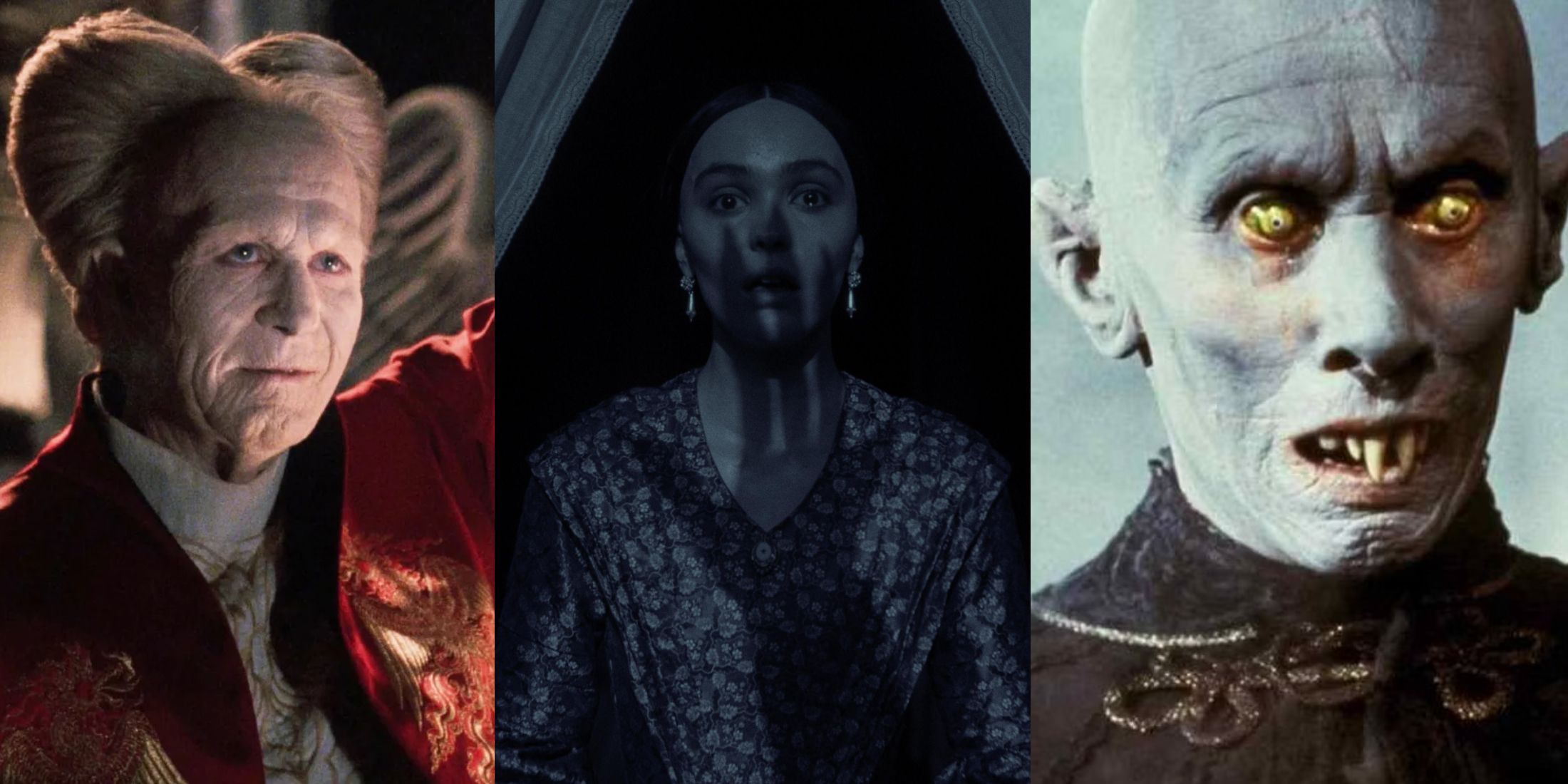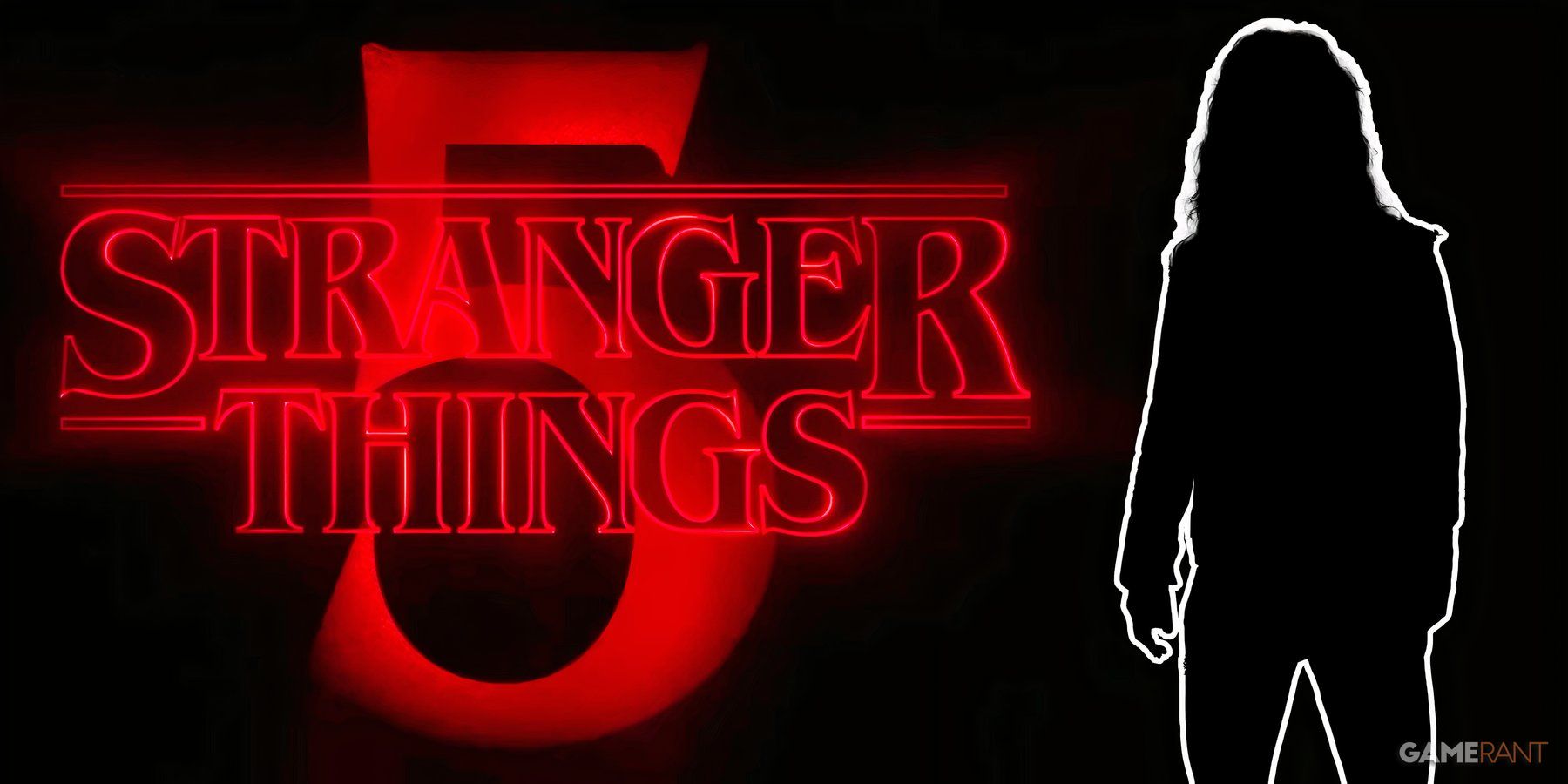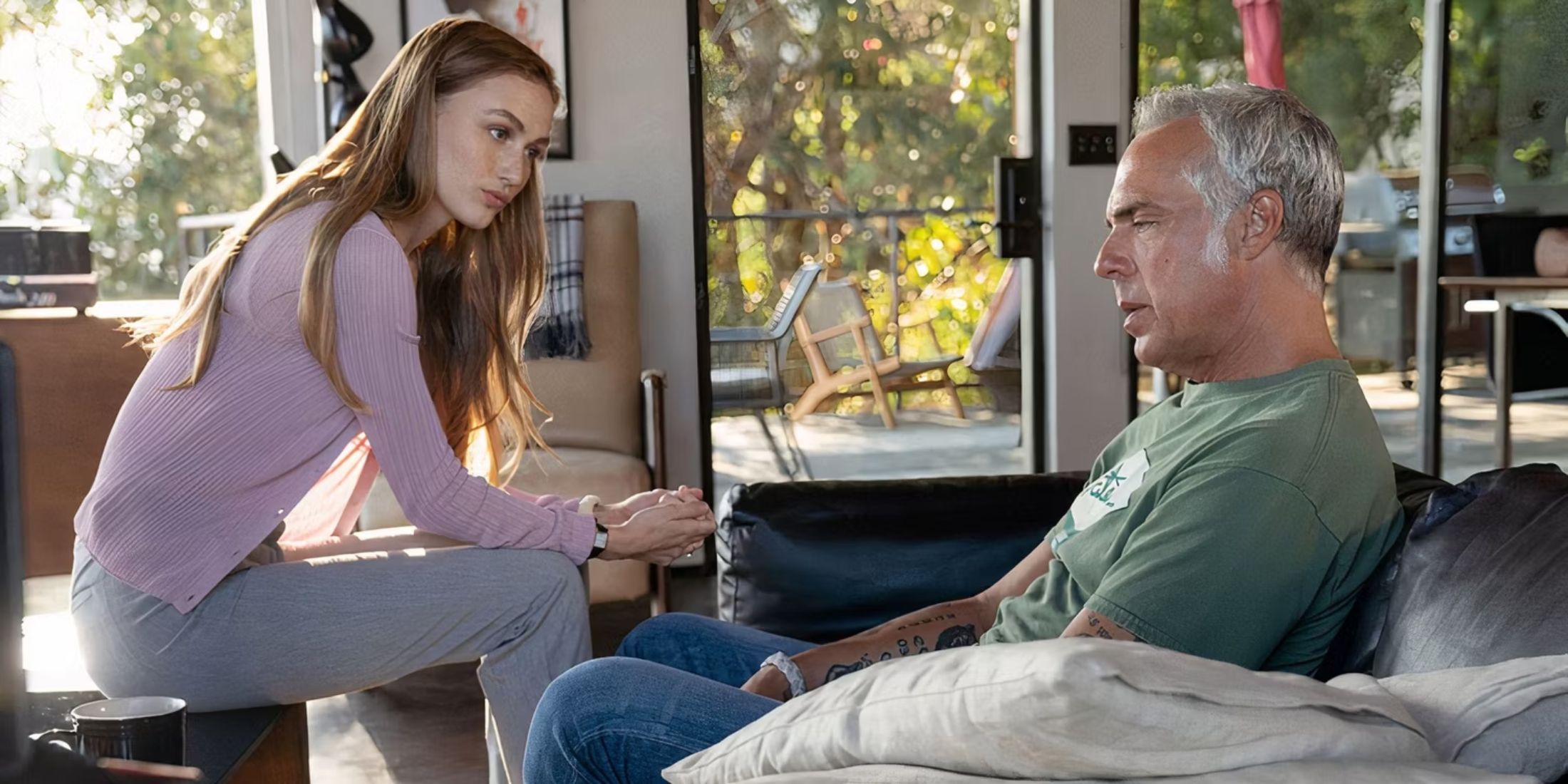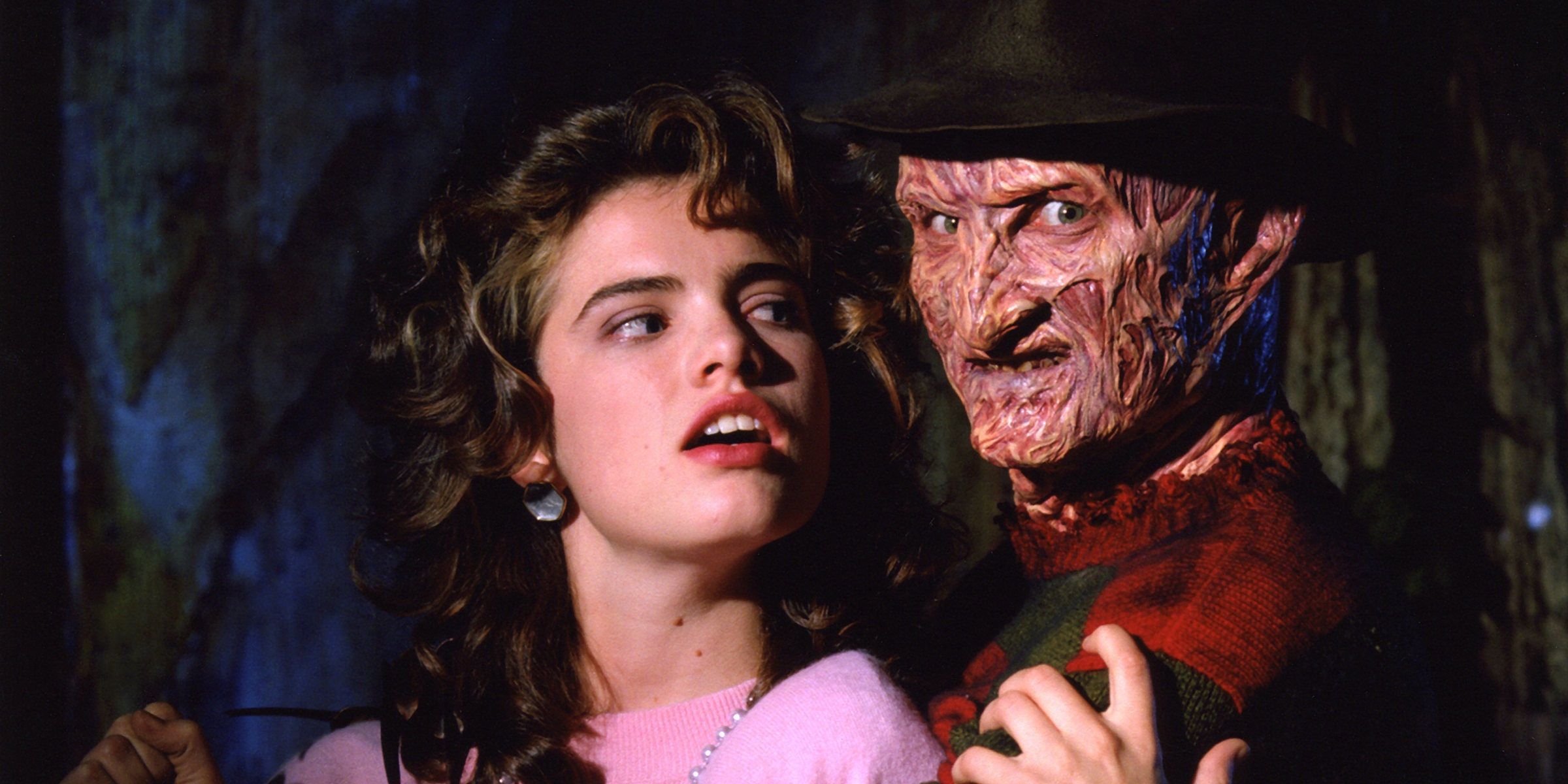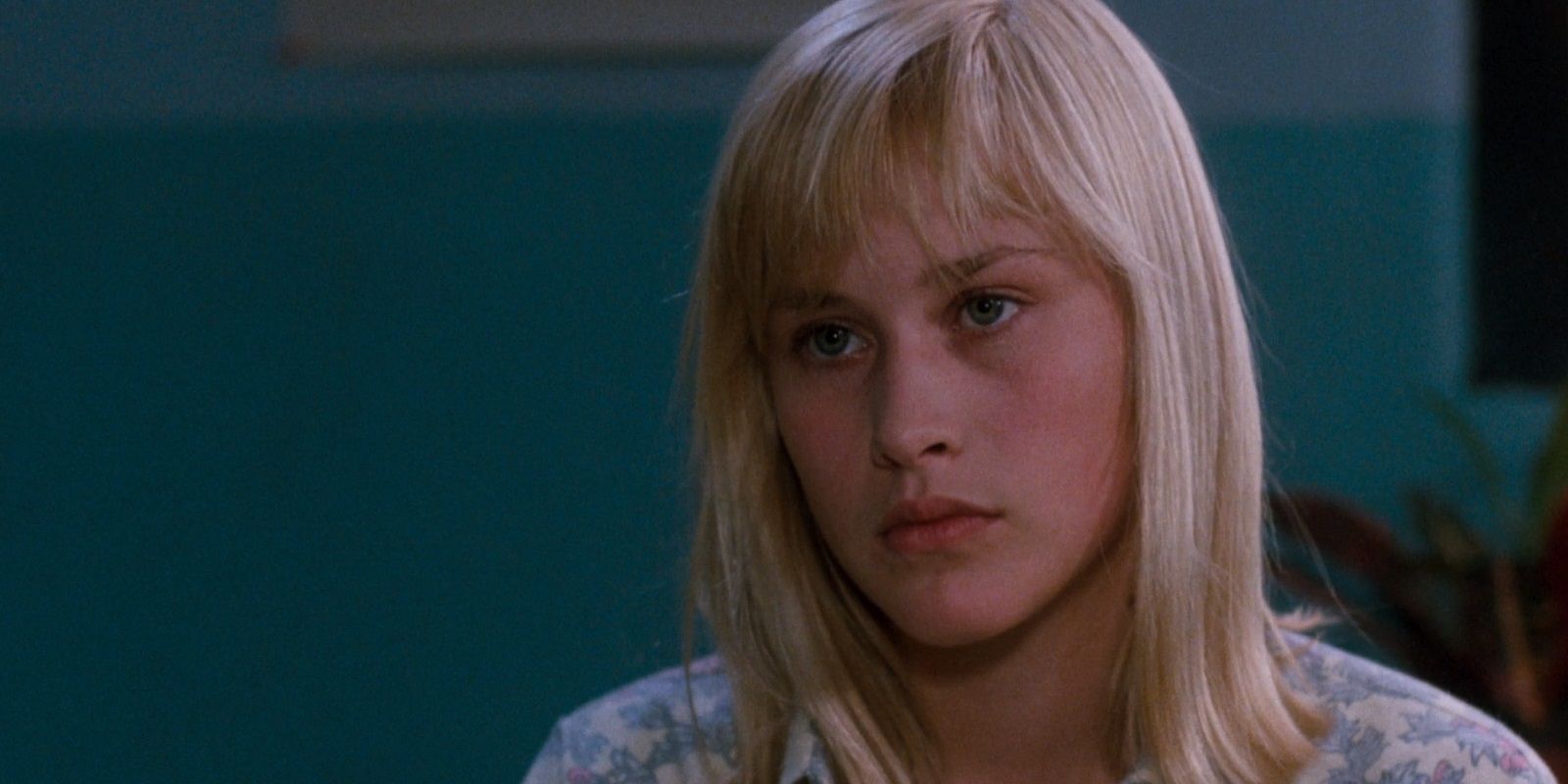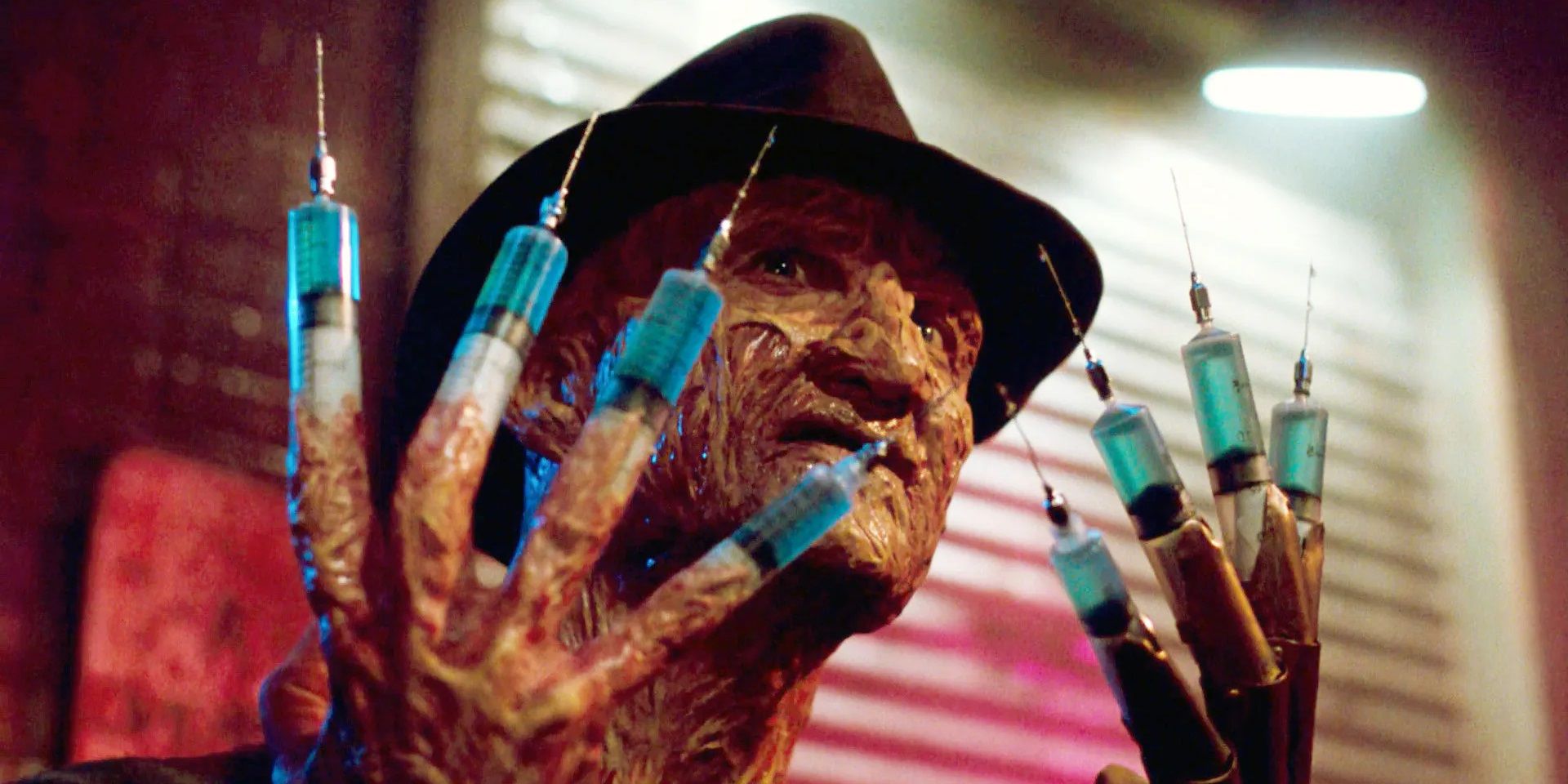Like most slasher franchises, the Nightmare on Elm Street series is made up of mostly bad sequels. But, as with most slasher franchises, there is one hidden gem nestled in with all the duds. A Nightmare on Elm Street 3: Dream Warriors marked the return of franchise creator Wes Craven as a screenwriter and also brought back original star Heather Langenkamp as Nancy Thompson. The threequel puts a fresh spin on the formula as Nancy trains a team of Freddy Krueger’s traumatized survivors to fight back against the fantastical killer in their dreams.
After the disappointment of A Nightmare on Elm Street 2: Freddy’s Revenge – in which Freddy possesses the kid who moves into Nancy’s house so he can kill people in the waking world – Craven returned to the fictional town of Springwood, Ohio, for another batch of metaphysical murders. Craven is just one of many talented filmmakers working behind the camera to elevate Dream Warriors above the average Nightmare on Elm Street sequel. The film was directed by Chuck Russell, who had previously visualized the dreamscape in his appropriately titled debut feature Dreamscape and went on to helm the 1988 remake of The Blob and the Jim Carrey starring vehicle The Mask. Russell shared screenwriting credit with Craven, Shawshank Redemption director Frank Darabont, and Bruce Wagner (best known for writing satirical dark comedies like Maps to the Stars and Scenes from the Class Struggle in Beverly Hills).
Set at a psychiatric hospital on a ward where various teenagers are being kept to monitor their “shared delusion” of a killer stalking them in their dreams, Dream Warriors doesn’t have the standard slasher setup that most Nightmare movies have. The mental hospital brings a whole new angle to the character work. They’re not just high schoolers telling tales; they’re mental patients, so no one takes their claims seriously. All the psychiatrists at the hospital assume they’re just imagining Freddy and that none of them are in any real danger. But the hospital’s new freelance dream expert knows better. Having survived a tangle with Freddy and lost some of her closest friends to his wrath, Nancy understands that the threat of Freddy is all too real.
Langenkamp solidified her reputation as a quintessential “scream queen” with her return as a more seasoned, more mature Nancy, but she relinquishes the spotlight to the great Patricia Arquette as Kristen Parker, the new “final girl.” In an early-career turn after Apocalypse Now but before The Matrix, Laurence Fishburne (credited as “Larry Fishburne”) appears as Max Daniels, a wisecracking orderly at the mental hospital. Craig Wasson – best known for playing bamboozled voyeur Jake Scully from Brian De Palma’s Hitchcockian thrillerBody Double – plays Dr. Neil Gordon, a sympathetic therapist, first committed to treating the kids for their refusal to sleep and later committed to saving them from Freddy.
And, of course, Robert Englund gives a typically brilliant turn as the series’ central villain. This was before Freddy had devolved into a comedic figure spouting silly one-liners. He was a much more sinister presence in Dream Warriors than he was in Freddy’s Revenge, striking fear into the audience whenever he appeared on-screen. When he does offer a quip, there’s a morbid irony involved. Before slamming a wannabe celebrity into the TV, he says, “This is it, Jennifer, your big break in TV. Welcome to primetime, b****!” After seducing one of the patients in the guise of a nurse and strapping him to the bed with slimy, breakaway tongues, he says, “What’s wrong, Joey? Feeling tongue-tied?”
Cinematographer Roy H. Wagner defined his signature style of dark, unsettling imagery with his early work on Dream Warriors. Wagner went on to shoot episodes of Quantum Leap, Fantasy Island, CSI, and House, and was named by Kodak as one of the “Top 100 Directors of Photography in the World.” He brought some of the Elm Street franchise’s most haunting and inventive dream visuals to life in the threequel. In the opening nightmare, Kristen stumbles into a room full of teenagers hanging from nooses. Dick Cavett and Zsa Zsa Gabor guest-star as themselves in a TV interview that turns into a Freddy attack. Freddy pulls veins out of one of the kids’ arms and uses them to pull him around the ward like a puppet before tossing him off the roof.
Music is key to setting the right mood for a horror movie. Without a fitting musical ambiance, the terror won’t be as immersive as it could be. Dream Warriors has a fantastic score composed by regular David Lynch collaborator Angelo Badalamenti, who recently passed away and left behind a legacy of iconic film and TV music. Badalamenti brought the same eerie atmosphere to the Elm Street threequel that he brought to Twin Peaks and Blue Velvet. The title song, “Dream Warriors,” was performed by L.A. glam metal band Dokken.
The third Nightmare on Elm Street movie doesn’t live up to the original. Craven’s 1984 classic is tightly constructed, visually stunning, and brought a supernatural angle to the slasher genre when it was already growing stale. But Dream Warriors is a close second. It has compelling characters, mind-blowing nightmare effects, and walks the same fine cinematic line between reality and the dream world.

